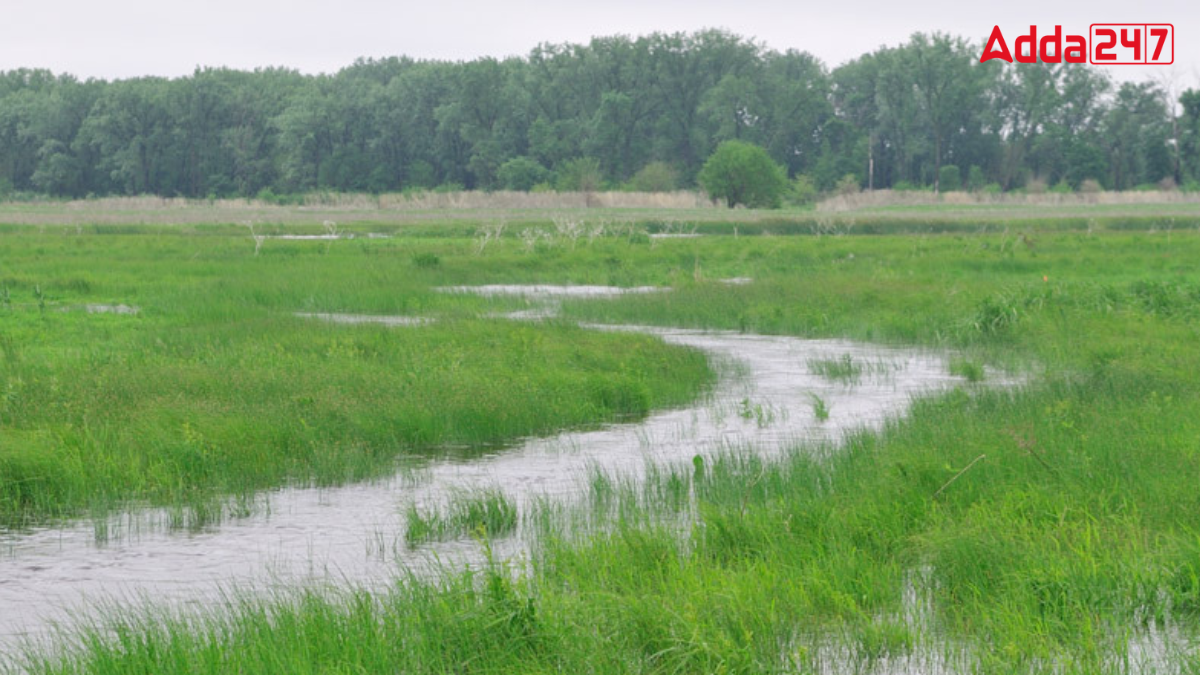Uttar Pradesh, one of the largest states in India, has various districts with rich natural resources, including wetlands. Wetlands are areas where water covers the land, either permanently or seasonally. They are essential for biodiversity, water purification, and flood control. In Uttar Pradesh, Lakhimpur Kheri is known to have the most wetlands.
An Overview of Uttar Pradesh
Uttar Pradesh (UP) is a state in northern India with over 241 million people, making it the most populous state in India and the world’s most populous subdivision. It shares borders with Rajasthan, Haryana, Himachal Pradesh, Delhi, Uttarakhand, Nepal, Bihar, Madhya Pradesh, Chhattisgarh, and Jharkhand. The capital is Lucknow, and Prayagraj is the judicial capital. It covers 243,286 km² and has 18 divisions and 75 districts.
Number of Districts of Uttar Pradesh
Uttar Pradesh has 75 districts, which are organized into 18 divisions. The capital and largest city of the state is Lucknow, which also has the largest metropolitan area. These districts are important administrative units for managing the state’s resources and services.
Sonbhadra, located in the southeast of Uttar Pradesh, is known for its rich wetlands, diverse wildlife, and natural beauty. It is an important district not only for its natural resources but also for its unique environmental features.
Why is Sonbhadra Known as the Wetland Hub?
Sonbhadra is known as the Wetland Hub of Uttar Pradesh due to its rich wetlands, supported by numerous rivers like the Son, Rihand, and Karmnasa. These wetlands provide habitat for diverse wildlife and help maintain the region’s ecological balance. The district’s forest cover and water resources make it an important area for biodiversity and environmental conservation.
Location of Sonbhadra
Sonbhadra lies between the Vindhya and Kaimur hills in the southeastern part of Uttar Pradesh. It is surrounded by beautiful landscapes and many rivers, making it a vital area for wetlands and biodiversity.
Size and Climate of Sonbhadra
Sonbhadra is the second-largest district in Uttar Pradesh by area, which means it has a large geographical space to support different ecosystems, including wetlands. The district experiences a subtropical climate, with a significant difference in temperatures between summer and winter.



 Which Animal is known as the River Horse...
Which Animal is known as the River Horse...
 Which Colour has the Longest Wavelength?
Which Colour has the Longest Wavelength?
 What was the Old Name of Goa? Know About...
What was the Old Name of Goa? Know About...







